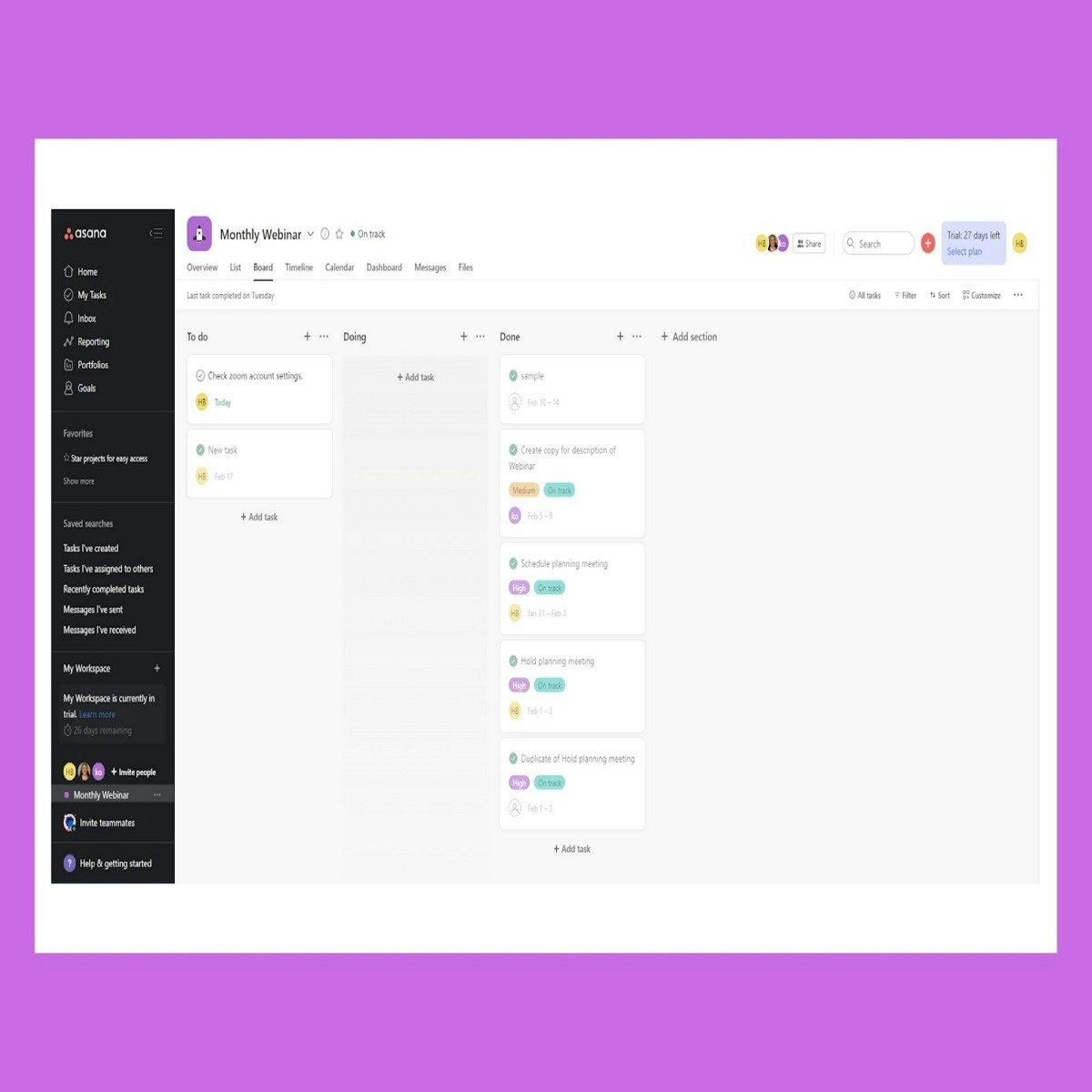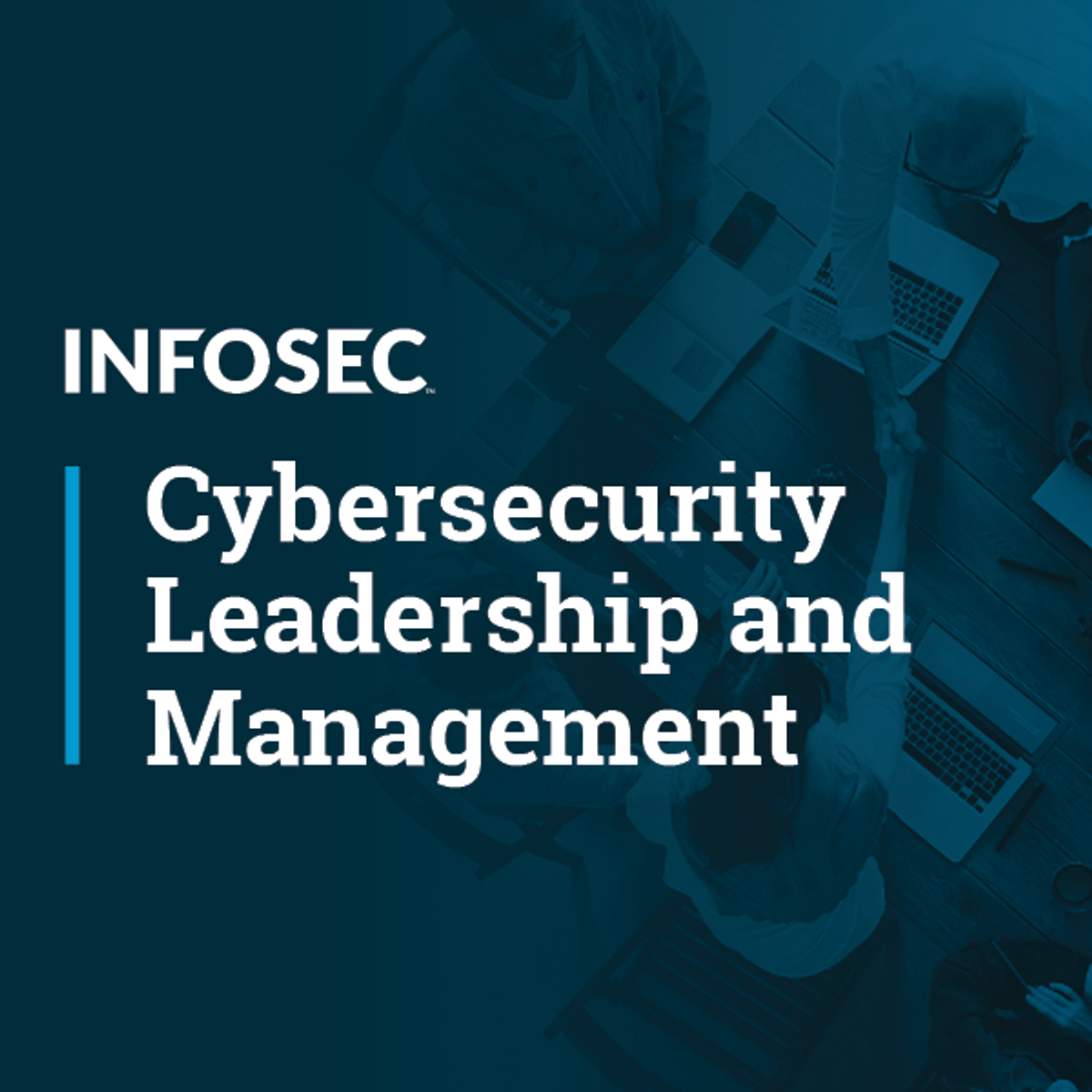Back to Courses









Leadership And Management Courses - Page 36
Showing results 351-360 of 600

How to Finance and Grow Your Startup – Without VC
Who?
If you’re an entrepreneur at any stage of your journey, or even an aspiring one, and you need money to start or grow your business, this course is for you.
What?
This course will introduce, and help you put to use in your startup, the five models through which your customers can – and will, if you ask them! – fund your business. These five time-tested models have been put to use by entrepreneurial superstars like Michael Dell, Bill Gates, Richard Branson and more. Sadly, though, the five models are rarely talked about and not widely understood. Until now! The five models will be brought to life by the real-world stories of an inspiring collection of incredibly creative entrepreneurs from around the world – including successes and failures – through a series of captivating no-holds-barred interviews with founders and others, and investors, too.
Why?
More than two generations ago, the venture capital community – VC’s, business angels, incubators, and others – convinced the entrepreneurial world that writing business plans and raising venture capital constituted the twin centerpieces of entrepreneurial endeavor. They did so for very good reasons: the sometimes astonishing returns they’ve delivered to their investors and the incredibly large and valuable companies their ecosystem has created. But the vast majority of fast growing companies never take any angel or venture funding. Are they onto something that most of today’s entrepreneurial ecosystem has missed? Indeed, should a business angel or VC be seen as the first port of call for getting your nascent entrepreneurial venture off the ground or growing it faster? Perhaps not.
How?
You’ll be asked to do a series of exercises – out in the real world – to put your growing toolkit to use in your business or the one you hope to start. Hands-on, practical tools to help your business start and thrive – without venture capital. You’ll join our discussion board of fellow participants, if you like, and learn from others who are putting the tools to work, just as you are. And to suit today’s fast-paced lifestyles, we’ve broken what you’ll get – short lessons, interviews, thought-provoking questions, even some optional things to read – into bite-sized chunks, so you can log in and grab them whenever and wherever you are.
And what else?
If, after checking out and perhaps completing this course, you find your company in a position where seeking venture capital turns out to be the right thing to do next, John Mullins leads an inspiring and hands-on executive education course at London Business School – this one face-to-face – called Financing the Entrepreneurial Business. There, among a room full of investors and entrepreneurs, you’ll study a series of captivating real-world cases and learn everything an entrepreneur – or an investor, for that matter – needs to know to handle the person who sits across the deal table and take an entrepreneurial business from start-up to exit. See https://www.london.edu/education-and-development/executive-education/topic/finance/financing-the-entrepreneurial-business#.WIVY_FyTQ-0 for info.

Career planning: Your career, your life
Are you satisfied with your career? Where do you see yourself in the future? No matter where you are on your professional journey, careful planning will help you reach your goals. This course will help you adapt to rapidly evolving job markets by enhancing your self-knowledge and confidence to explore wider career opportunities. You will create a career development plan, encompassing your career goals, skills and knowledge development for your current and future jobs, and learn how to make the most of your strengths, talents, and experience. You’ll receive valuable guidance based on practical suggestions, theoretical models and current empirical evidence. Via structured learning activities you will gain an appreciation that career planning and management is an ongoing, rewarding process of assessing career identity, setting new learning goals and career visions, and celebrating accomplishments as you develop.

Create Online Employee Onboarding Course with Eduflow
This course will walk you through how to create an online employee onboarding course. By the end of this project, you will create an Eduflow course to assist in your employee onboarding process. Eduflow is a free, easy-to-use online course builder that allows you to build an interactive learning experience for your team. In this project, you will open an Eduflow account and begin creating an interactive employee onboarding course. You will then learn how to mix and match different learning activities including content, submissions, and videos. Furthermore, you will learn how to invite employees to the course, keep track of their progress, and gain valuable insight and feedback from your learners. The onboarding process is extremely important in developing your company brand and culture. Using Eduflow allows you to create an innovative, customized, and engaging onboarding experience for your employees.
Note: This course works best for learners who are based in the North America region. We’re currently working on providing the same experience in other regions.

Platform Thinking: what’s beyond Uber?
Over the last two decades, platforms have transformed the way, we search for information (e.g., Google), buy goods (e.g., Amazon), consume news and media (e.g., Facebook and Twitter) and travel and move around (e.g., Airbnb, Booking.com, Uber and TripAdvisor). This phenomenon is known as 'the power of platforms', defined as an innovative business model that relies on digital technologies to assemble people, knowledge and companies in an interactive ecosystem where value can be created, captured and shared. These platforms have a great ability to attract funds and grow rapidly, relying on external resources (e.g. private houses for Airbnb or private cars for Uber), with a significant impact on the market. These companies act as intermediaries, attempting to reduce frictions in the market and helping the supply and demand sides of a product or service to find each other. As such, existing companies may be inspired by these fast-growing companies to at least partially capture the opportunities underpinning the model. Most of them are digital companies mainly focusing on the service field; nevertheless, recent cases show how platforms are having an impact in many different industries with the spread of the sharing economy and implications in the brick and mortar industries.
This course aims to identify the elements that make platforms such a relevant and interesting business model defining the concept of "Platform thinking", defined as the ability to see the potentialities derived from platform-based models while fostering innovation in the digital world but also in traditional and established businesses.
The course is based on the definition of platforms, taking a historical view on the evolution of this complex concept that became a buzzword, introducing Platform Thinking.

Organizational Leadership Capstone
The capstone project consists of a case study that must be addressed to complete the specialization.
In the case study, you will be asked to assume the role of the incoming chief executive officer of a fictitious privately held medical device company. From the company’s standpoint, its customers are the clinics that use and dispense its products, rather than the end-users of the company’s products. The company is currently facing a range of challenges, including obstacles to access for world-wide users of the company’s product, as well as internal conflict about the company’s priorities and a new disruptive technology. You will be asked to help the board address key changes in the industry, by developing a strategy to meet these challenges. Specifically, you will submit artifacts responding to a series of challenges related to the case. The artifacts will be peer-assessed on how effectively you applied concepts and skills explored throughout the specialization, assessed your own skills as a leader, evaluated the data to help you make an informed decision, developed a customer-facing design process, and communicated your strategy to relevant stakeholders.

Blockchain Opportunity Analysis
In this fourth and final course of the specialization, you will synthesize your learning into a project deliverable called a Blockchain Opportunity Analysis. The goals of this course are twofold: One, it’s for you to identify a specific need or problem in your chosen industry that can potentially be solved using blockchain technology. Two, it’s for you to investigate possible solutions to this problem, including how these solutions might be executed. You will accomplish different project milestones each week, and will be introduced to several tools that entrepreneurs use to organize their findings. Throughout this process, you will hear from real-world practitioners who have hands-on experience in the blockchain ecosystem. Additionally, by participating in this course you will gain access to our Blockchain Case Commons—a crowdsourced collection of blockchain applications and use-cases spanning multiple industries. As an outcome of this course, you’ll walk away with a consolidated, peer-reviewed Blockchain Opportunity Analysis, which you can use to pitch your idea to your organization or even to potential investors.

Communication and Leadership during a Public Health Crisis
As the world changes dramatically around us, leadership skills are necessary to help keep the population safe and healthy.
This course emphasizes why it is important to build leadership skills in public health positions and work with diverse teams while immersed in a crisis. The course is designed to help develop effective communication skills necessary to lead a team through conflict and crisis, and build strategies to reach a common goal.

Get Started with Airtable
Airtable is a platform that you can use to streamline your processes, workflow, and projects. With Airtable, you have a database at your fingertips that allows you to customize for your needs. Integrations help to manage whatever you need to work on. Once you have developed your information in Airtable, you have options for viewing and sharing. You can keep your team and stakeholders up to date on the status of projects. The way that you present material can be changed based on your audience. Your team can view material in a Kanban or Gantt chart. Your stakeholders can use apps to create real-time charts and summaries. In this project, you will set up your Airtable account and create a project to track.

Management
This course will introduce you to cybersecurity leadership and management. Drawing on industry standards, frameworks and models, you will explore the key objective elements of cybersecurity leadership.
Cybersecurity leadership and management are two high-level competences required to successfully administer a cybersecurity division that produces the essential level of security, trust and stability (STS) demanded by an organization. Although leadership and management are prerequisite expertise for all information systems security officers (ISSO) and/or chief information security officers (CISO), they must always be intentionally cultivated. Using industry standards, frameworks and models as guidance, this learning path will focus on the key objective elements (KOE) by discussing the information security strategies' alignment with the organizational strategy, regulatory systems and operational excellence.

HI-FIVE: Health Informatics For Innovation, Value & Enrichment (Administrative/IT Perspective)
HI-FIVE (Health Informatics For Innovation, Value & Enrichment) Training is an approximately 10-hour online course designed by Columbia University in 2016, with sponsorship from the Office of the National Coordinator for Health Information Technology (ONC). The training is role-based and uses case scenarios. No additional hardware or software are required for this course.
Our nation’s healthcare system is changing at a rapid pace. Transformative health care delivery programs depend heavily on health information technology to improve and coordinate care, maintain patient registries, support patient engagement, develop and sustain data infrastructure necessary for multi-payer value-based payment, and enable analytical capacities to inform decision making and streamline reporting. The accelerated pace of change from new and expanding technology will continue to be a challenge for preparing a skilled workforce so taking this training will help you to stay current in the dynamic landscape of health care.
This course is one of three related courses in the HI-FIVE training program, which has topics on population health, care coordination and interoperability, value-based care, healthcare data analytics, and patient-centered care. Each of the three courses is designed from a different perspective based on various healthcare roles. This third course is from an administrative or IT perspective, geared towards executives, managers, analysts, and staff that work in administration, business, finance, operations, data or IT. However, we encourage anyone working in healthcare, health IT, public health, and population health to participate in any of the three trainings.
Popular Internships and Jobs by Categories
Browse
© 2024 BoostGrad | All rights reserved


